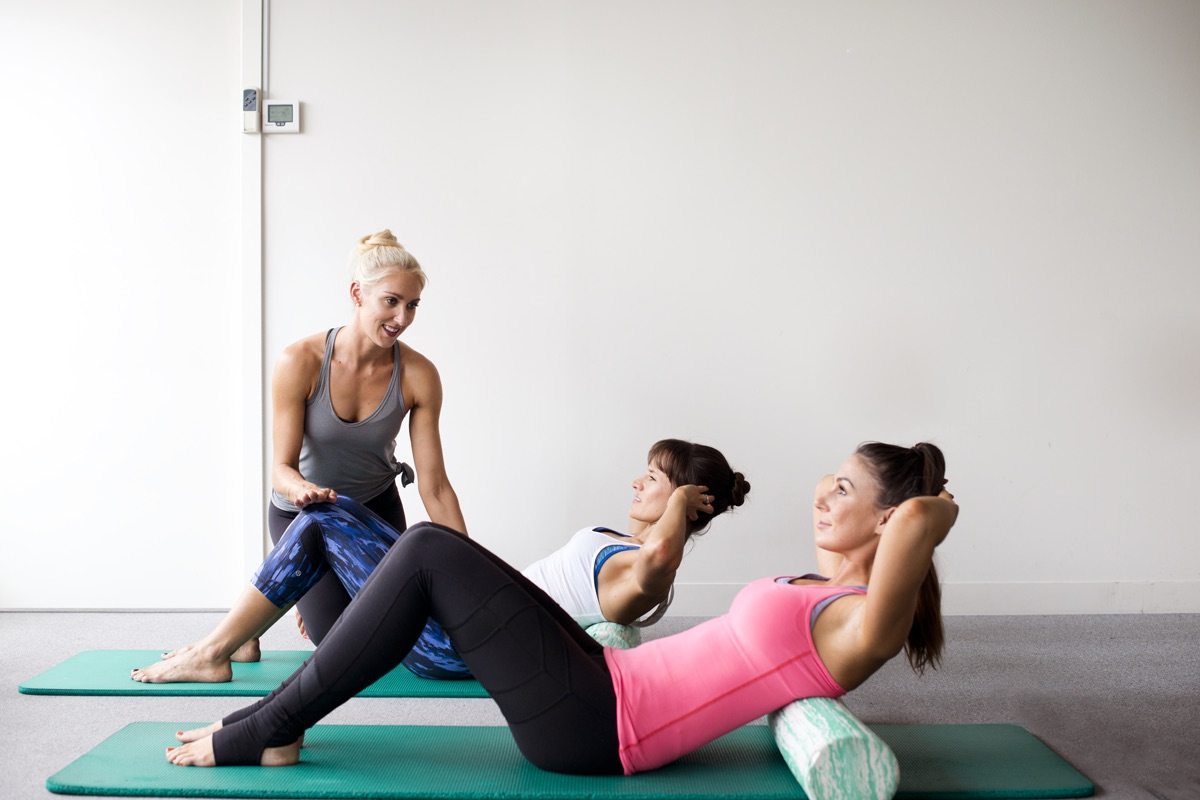Tips to get the most out of your Pilates teaching
Whether you are a new graduate or an experienced Physio, teaching Clinical Pilates can offer you diversity in your workload or, become a career itself. Teaching Pilates is fun and rewarding, but like any skill takes dedication and practice. Here are a few tips on how to get the most out of teaching Pilates.

1. Do some reputable training - teaching Pilates is not a skill we are taught at university. As Physios we have a huge advantage with our anatomy and movement knowledge, however; teaching therapeutic exercise with some core activation and teaching Pilates is definitely not the same. I remember as a young Physio receiving some on the job Pilates training and assuming I was then able to teach Pilates. I started teaching classes very early on and was later quite shocked by how little I actually knew after attending Matwork level 1 through APPI. There are lots of options depending on whether you want to incorporate some PIlates into your general skill set, or if you want to take it more seriously and become an instructor.
2. Practice - Whether you want to teach a few Pilates exercises as part of your treatment or run specific Pilates sessions, you have to know the exercises well. The demonstration is a huge part of teaching as so many people are visual learners. You should execute the movements seamlessly so your clients see that what you are asking is achievable. If you find certain movements difficult ( we all have exercises we find more challenging than others) then practice them more. It's so easy to get into the habit of only teaching the exercises you are good at yourself, but your clients and you are missing out if you are not exploring the full repertoire available.
3. Incorporate visual imagery into your teaching - In my experience of training new instructors, this is the side of Pilates teaching that many Physios and health practitioners find the most challenging. As we have been trained to adopt a scientific mindset, it can be difficult to think more creatively, but remember that your clients don't have the knowledge about the body and movement that we all take for granted. Incorporating visual imagery is a powerful way to get your message across when you can't rely on using anatomical language. Like any skill, practising your verbal cueing incorporating imagery becomes second nature with practice.
4. Attend class yourself - No matter how experienced you are, you will always gain something from attending someone else's class. The minute we stop learning, we become stale in our own teaching. Whether you pick up a simple variation or a nice verbal cue, attending regular classes yourself will keep you motivated and inspired to keep challenging your own clients with new material or fine-tuning what you already teach them.
5. Prepare your classes and sessions - especially as a more experienced Pilates teacher, it's very easy to fall into the habit of "winging it". I have been in this habit myself and teaching is nowhere near as enjoyable. Of course, with more experience, the session planning becomes much quicker, but giving your sessions some prior thought and addressing the aims of your clients specifically means you will both get so much more out of the session. You don't have to reinvent the wheel each time, people enjoy consistency and "becoming good" at exercises they have practised for a while, but balance the consistency with something challenging or different to keep up the motivation.
